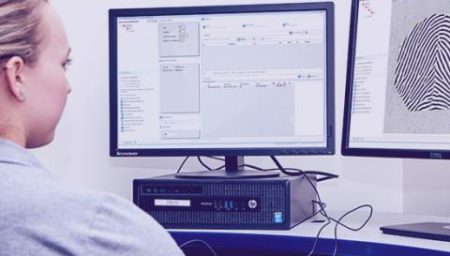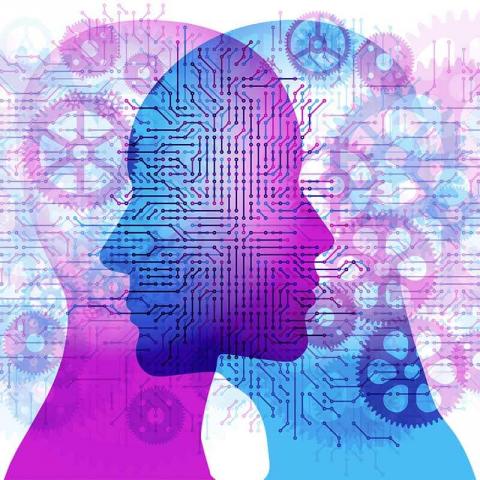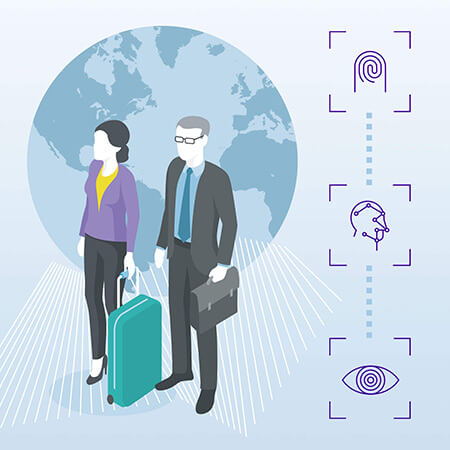Powering biometric identification


IDEMIA has been involved in biometric research since the early 1980s and our biometric research group has been a leading contributor to the dramatic improvements in accuracy and interoperability over the last 40 years.
MBSS (Multi-Biometric Search Services), IDEMIA’s core engine for multi-biometric identification, is the result of this expertise. This engine, designed for both accuracy and speed, compares biometric data to establish if a person already exists in a database. It employs IDEMIA’s top performing biometric algorithms for fingerprint and palm print identification, iris recognition, facial recognition and tattoo recognition. These algorithms consistently perform at the top of NIST1 rankings. They also drive the world’s largest biometric system in India (Aadhaar), which registered more than 1 million records per day at the peak of the project and currently exceeds 1.3 billion records.
MBSS provides three main categories of services, depending on the end use and the delivered version:
Incorporated into IDEMIA’s identity and security products, MBSS is also available to major third-party integrators.
1 National Institute of Standards and Technology (U.S. Department of Commerce)
MBSS integrates IDEMIA’s algorithms which excel in all major independent benchmark testing. These algorithms adapt to real-world operational conditions for optimal speed and accuracy and also automatically adjust to variations in data quality for efficiency in matching.
MBSS can scale from a small laptop to a 100-blade server. The system is field-proven for high throughput with databases exceeding 100 million individuals. Update, back-up or increasing capacity is possible while the system is running.
MBSS is 100% software: no need for proprietary hardware. This powerful multi-biometric engine can be deployed on cloud computing platform and works with standard technologies and commercial off-the-shelf (COTS) products.
The number of MBSS deployed in the world
Persons’ data managed in the 500 systems deployed in the world

Biometrics for public security, travel, and identity
Biometrics refer to all processes used to recognize, authenticate and identify persons based on certain physical or behavioral characteristics. IDEMIA has more than 40 years of biometric expertise, constantly innovating to meet the requirements of governments and critical infrastructures.

A Secure Visa System for the Schengen Area
The biggest challenge for the EU visa management system is to provide secure entrance of non-EU visitors throughout the Schengen Area. IDEMIA’s Biometric Matching System (BMS) is able to identify visa applicants by matching fingerprints to identities, therefore establishing and verifying the validity of visa applications.
Related content